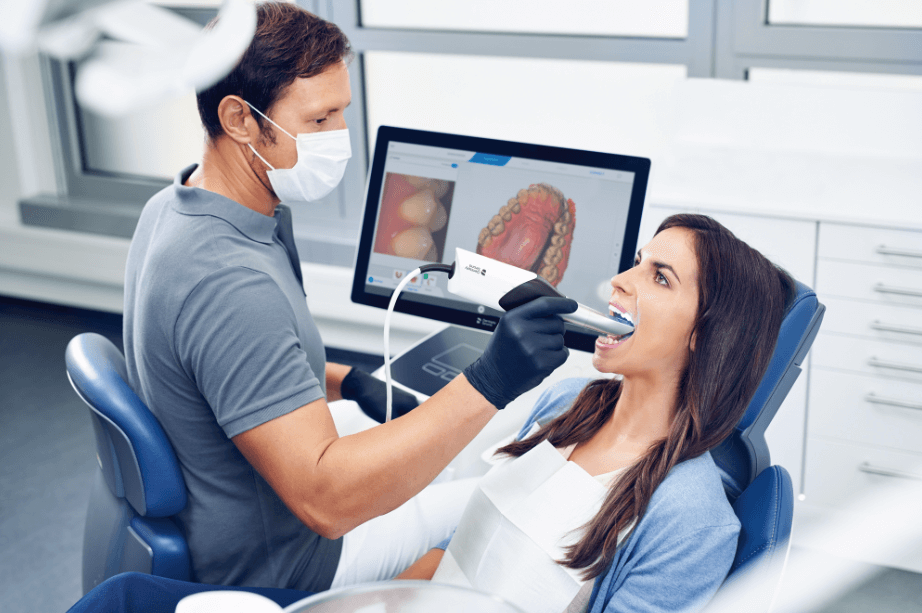
Imagine visiting your dental hygienist or dentist and receiving cutting-edge technology that not only saves time, but also provides you with a visual representation of your oral health.
Thanks to advances in dentistry, 3D scanning, especially intraoral scanning, is a game changer.
Roxana, a dental specialist, highlights how 3D scanning is changing the way we approach dental care.
1. The Power of 3D Imaging:
The use of an intraoral scanner, like the one Roxana uses in her practice, has ushered in a new era of efficiency and precision in dentistry.
Instead of relying solely on verbal descriptions, 3D imaging allows dental professionals to clearly display the health status of a patient’s mouth.
This not only enhances communication between doctors and patients, but also significantly reduces the time spent in the dental chair.
Patients can now see their oral health, including restorations, occlusions and home care procedures, in a way that was previously impossible.
This visual representation not only demystifies dental procedures, but also empowers patients to take a proactive role in their oral health journey.
It is a win-win situation for both the patient and the dentist.
2. Track Changes Over Time:
One of the great features of intraoral scanning is its ability to capture highly detailed 3D images of teeth.
This ability is especially valuable in tracking changes over time. Consider the common problem of teeth grinding.
Many individuals do not realize that they grind their teeth, and this can lead to major dental problems if left untreated.
With the help of an intraoral scanner, dental professionals like Roxana can monitor tooth wear and deterioration over time.
By comparing old scans with new ones, they can detect problems early and provide preventive measures.
This proactive approach to dental care can save patients pain and future expenses while ensuring their smiles remain healthy and vibrant.
3. Say goodbye to traditional impressions:
In the past, dental procedures that required impressions were often an inconvenience for patients.
Traditional methods involved the use of sticky, messy materials that can trigger the vomiting reflex and often result in less than ideal impressions.
However, thanks to intraoral scanning, these inconveniences are a thing of the past.
Roxana and her colleagues no longer need to subject their patients to the discomfort of conventional impressions.
Night guards, at-home bleaching trays, and other dental work that previously required impressions can now be manufactured accurately and easily using 3D scanning technology.
Patients can breathe a sigh of relief knowing that their dental experience has dramatically improved.
Conclusion:
Intraoral scanning, as advocated by Roxana and other forward-thinking dental professionals, has revolutionized the way we detect, diagnose and treat oral conditions. The power of 3D imaging not only saves time and reduces waste, it also enhances patient education and comfort.
So, next time you find yourself in the dentist’s chair, don’t hesitate to ask if they use this cutting-edge technology. Thanks to practitioners like Roxana, you may discover a more comfortable, efficient, and visually appealing approach to dental care that prioritizes your well-being.
In conclusion, 3D scanning in dentistry is not just a technological advancement; It is a testament to the commitment of dentists like Roxana to providing the best possible care to their patients. Embracing this innovation means a brighter, healthier smile for all of us.




